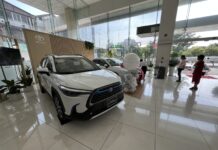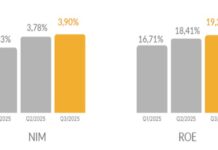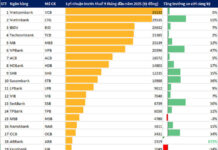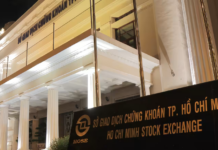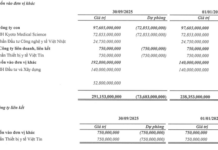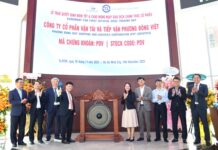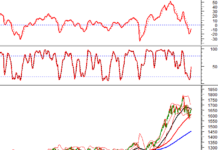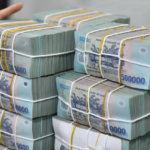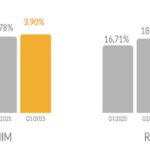Following the merger, Ho Chi Minh City (HCMC) has emerged as a leading megacity in terms of economic scale, area, and population, becoming a focal point for investors. This development mirrors Seoul’s transformation into a major metropolis four decades ago. If the opportunity is seized, HCMC is poised to enter a new growth cycle over the next 20-30 years. This insight was shared by Mr. Nguyen Quoc Anh, Deputy General Director of Batdongsan.com.vn, at the HCMC Core Real Estate Forum.

Mr. Nguyen Quoc Anh, Deputy General Director of Batdongsan.com.vn
|
The newly expanded HCMC boasts a robust economic foundation, contributing 24% to the nation’s GDP. Its population has grown from 9.5 million to 13.5 million, surpassing Hanoi’s 8.6 million. The total area of the region exceeds 6,772 km², double that of the capital. Additionally, a value chain for industry, logistics, and coordination has been established. According to Mr. Quoc Anh, this model parallels the Seoul Metropolitan Area (SMA), comprising Seoul, Incheon, and Gyeonggi-do, which generates over 56% of South Korea’s GDP (2024 data).
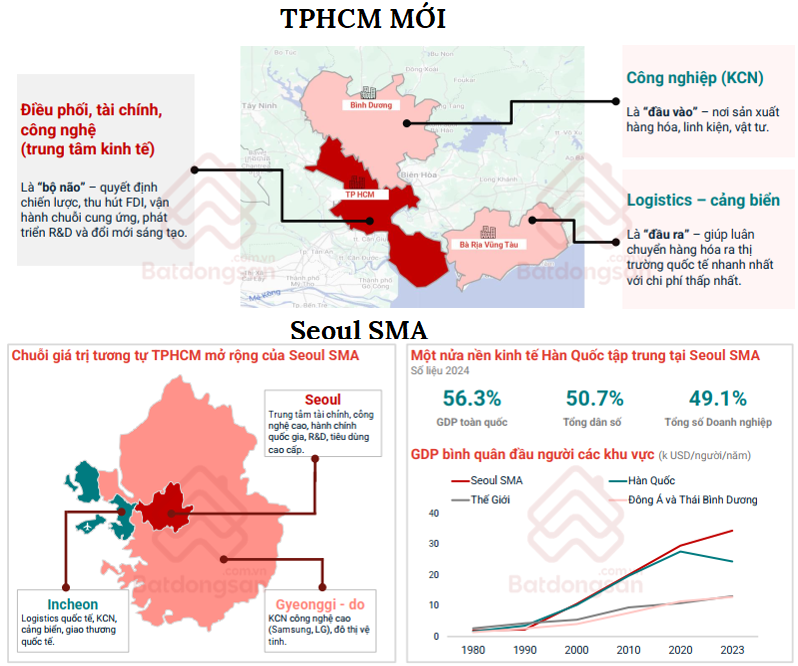
Source: Batdongsan.com.vn
|
Post-merger model in Seoul
Historically, Seoul’s meteoric rise was not driven by a single factor. Over nearly 40 years (1985–2023), the GDP share of key sectors grew significantly: technology increased from 26% to over 50%; transportation, warehousing, and business expanded from 30% to 58%; and advanced manufacturing, healthcare, and real estate rose from 15% to 30%.
“As the economic center expanded, migration patterns shifted dramatically. Instead of concentrating in Seoul, people moved significantly to Incheon and Gyeonggi,” the expert noted. Infrastructure also saw remarkable growth, with metro lines increasing from 7.4 km to 1,150 km and highways from under 100 km to over 1,000 km in 40 years.
This period also witnessed several real estate booms, notably in 2006–2009 and after 2019 (coinciding with South Korea’s 2040 global city declaration).
Interestingly, HCMC’s current state resembles Seoul’s pre-1982 conditions, with only 20 km of metro lines and under 100 km of highways. However, plans are in place to develop 648 km of highways by 2030 and nearly 608 km of metro lines by 2035.

Source: Batdongsan.com.vn
|
Mr. Quoc Anh believes these figures reflect a clear development cycle. When a megacity reaches maturity, land value and growth momentum surge in sync with satellite cities. If progress stays on track, HCMC could enter a large-scale growth phase similar to South Korea’s.
Thu Thiem’s Potential as a New City Center
According to the Organisation for Economic Co-operation and Development (OECD), a Central Business District (CBD) is the core area for commercial, financial, and service activities, with the highest job and labor density in the urban region, supported by dense public transport infrastructure.
The Paris Urban Planning Institute’s 15-minute city model defines the urban core as an area where residents can access employment, services, finance, and entertainment within a 15-minute commute (5 km radius). By this standard, the core extends beyond traditional districts like District 1 and 3 to include all of former District 2, encompassing Thu Thiem and Nam Rach Chiec. These areas host commercial, financial, and service functions, with integrated infrastructure, creating a balanced multi-center network for HCMC.
From this perspective, the establishment of the International Financial Center (IFC) in Thu Thiem is a key driver for the city’s new financial hub, attracting businesses, high-quality accommodations, commercial services, retail, and urban infrastructure.
Thu Thiem is also advancing with strategic infrastructure projects. Metro Line 1 (Ben Thanh – Suoi Tien), bridges connecting former District 1 and District 4 to Thu Thiem, and the Thu Thiem – Long Thanh railway plan are accelerating, forming an inter-regional transport network. This foundation will draw residents, experts, and businesses to the East, establishing a “dual-center” dynamic between former District 1 and Thu Thiem in the future.
– 11:01 19/11/2025
Revitalizing Ho Chi Minh City’s Most Polluted Canal: Full-Scale Renovation Project Commences
The remaining two construction packages (valued at over VND 2.3 trillion) for the dredging and environmental improvement project of the Xuyên Tâm canal in Ho Chi Minh City officially commenced this morning (November 18).
Struggling Household Businesses Face Tax Transition Challenges
As the new tax regulations loom on the horizon, set to take effect in 2026, the question of “how to comply correctly?” is leaving countless small business owners and traders more perplexed than ever.



